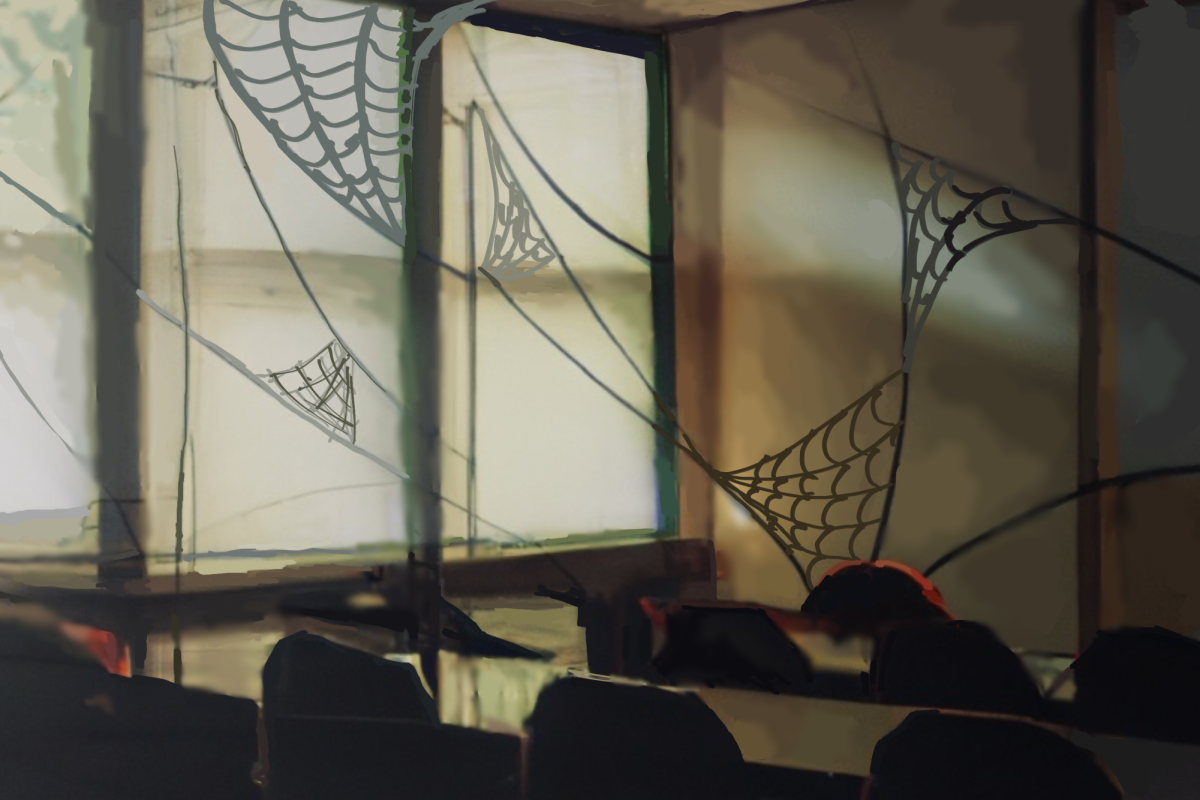In 2013, then-UTLA director Phil Nemy was found in violation of UT’s sexual misconduct policy. More specifically, Nemy had been accused of inappropriately touching students on their lower backs and of making frequent sexual and vulgar comments about female students.
The Office for Inclusion and Equity investigation into his behavior, which The Daily Texan obtained through a public information request, recommended a response that would “remedy present claims and prevent future incidents and claims from arising.”
Nemy’s punishment? Counseling from a superior and completing an online sexual misconduct module — one that public information requests show that he delayed for months and that UT had to remind him to complete.
If this seems like a wildly insufficient punishment, that’s because it is.
Once the Texan broke Nemy’s record of misconduct to the public in December of 2018, he was immediately placed on alternative work assignment where he had no formal contact with students. This was the first concrete action taken to keep students away from Nemy, and it happened five years after the misconduct took place.
The fact that the student body didn’t know about Nemy’s misconduct until the Texan revealed it five years later is unacceptable, and the consequences of UT’s decision were severe. We’ve called for this before, but little has changed: UT must be more transparent about professor misconduct.
Sadly, Nemy’s alternative work assignment was too little, too late. Within six days of the Texan breaking the story, four more people, at least two of them students, filed complaints against Nemy. They accused him of calling a student a “slag,” or slut, and tickling female students under their arms and behind their knees, among other inappropriate behavior. These instances occurred after Nemy’s 2013 misconduct violation.
UT opened investigations into all four complaints. Two of these investigations found Nemy in violation of university sexual misconduct policy. The other two reports are so redacted that it is impossible to know what Nemy was accused of. UT did not tell students about any of these investigations, firing Nemy in May of this year for “unacceptable conduct.”
It is clear, however, that UT failed to “prevent future incidents and claims from arising.”
The editorial board has covered this before. We’ve covered a University that seems too proud of its image to make it publicly known when professors are predators and that gave us incorrect information when we asked about a professor’s sexual misconduct. We’ve covered a University that reassigned a professor who was predatory toward his graduate students to teach undergraduates, then put him on leave after student backlash, then quietly put him back on the course schedule a semester later. We’ve covered how difficult it can be to learn anything about UT’s Title IX policies and cases.
The more we learn about faculty members who target and harm their students, the more these faults look like a culture of withholding information and not unfortunate flukes.
Six years ago, when the Office for Inclusion and Equity first found Nemy in violation of sexual misconduct, the University could have easily fired him. He wasn’t tenured. As an administrative officer, he served at the pleasure of the president with no fixed term. He was kept on staff year after year with the knowledge that he had targeted his students in the past and could easily do so again.
Parts of Nemy’s record were technically available to the public, but only through open records requests, which most students don’t know about, and are often difficult to get any information from.
J.B. Bird, UT’s director of media relations, said Texas’ open records laws make journalists the “de facto” mechanism of making the results of these investigations public. To date, this has largely been the way things have worked. It’s far from an ideal system.
Making open records requests require reporters to know exactly what documents they’re searching for and how to specifically request them. If you don’t know how to refer to what you’re looking for — including using the right technical jargon — you’re out of luck.
When requesting large amounts or an aggregate of data, fees can total in the hundreds of dollars. Making student journalists responsible for bringing harassers at UT to light then seems highly ineffective.
Open records requests aren’t a student journalist’s only route to find information, however. If a Texan reporter is unable to find information through open records requests, they can always turn to University Communications, though that doesn’t necessarily make their job easier.
Last year, the editorial board wrote about how multiple University Communications staffers implore students to send their questions in advance — an unusual practice that gives the impression that UT doesn’t want to answer questions they haven’t seen beforehand.
Combine that with a University Communications official canceling an interview they were supposed to help schedule with UT’s Title IX coordinator, and it looks like student journalists face roadblocks no matter how they wish to investigate.
A common refrain from University Communications is that compared to our peers and to private universities, UT is one of the most transparent universities when it comes to making information about professor misconduct public and accessible.
We shouldn’t be proud of doing only somewhat more than the bare minimum. We shouldn’t be proud that while the University knows which professors have committed misconduct, students must still walk into their classes, office hours and research positions at the risk of being harmed because of not knowing their professor’s history.
When we compare ourselves to other universities, we shouldn’t be proud that our students are in only slightly less danger than theirs.
How many more UT professors and faculty members have been found in violation of UT’s sexual misconduct policies? It’s hard to know for sure. A public database listing all professors who have violated University sexual misconduct policies would be a good start to ensure students actually know if their professor has a history of misconduct. We’ve called for this before, and we will keep calling for it until it happens.
When student safety is on the line, the University shouldn’t hope that journalists do its job of keeping students informed and safe. We will gladly tell students which of their professors are predators, but if the University truly had student safety as its first priority, they would be doing it for us.
The editorial board is composed of associate editors Sanika Nayak and Abby Springs and editor-in-chief Spencer Buckner.




















